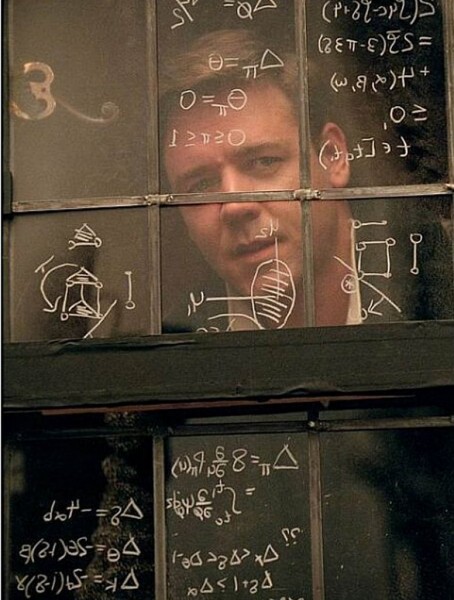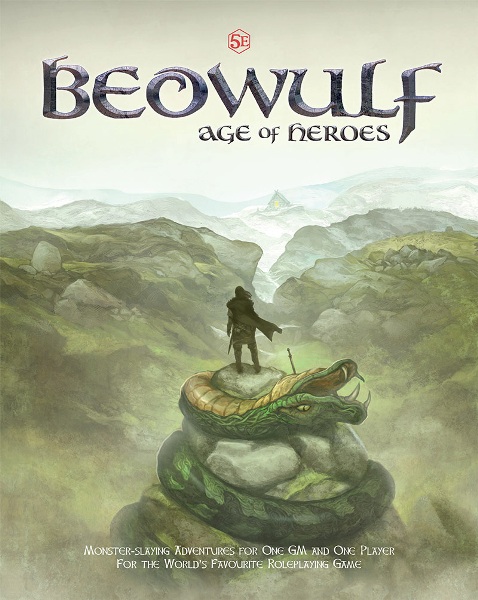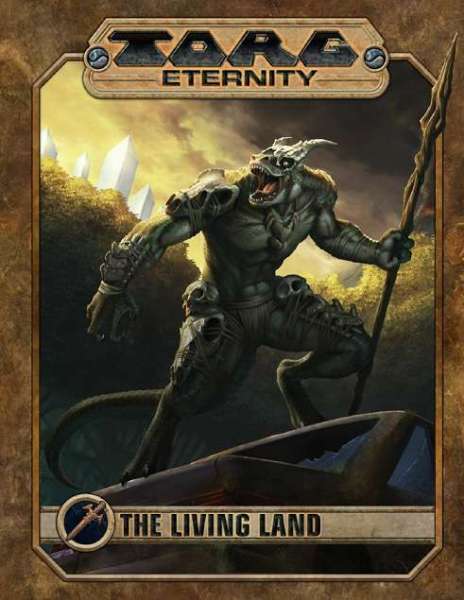Odds of Excitement
By The Warden

There’s an interesting trend found on nearly every fan site: whenever a new dice mechanic is announced, people break it down into a mathematical calculation. From there, debates lead into whose calculations are correct until an overall consensus is agreed upon. (It’s also funny how many of those who offer these calculations proclaim they aren’t statisticians, mathematics professors, or any other profession directly involving the use of math – they’re just casual and curious appreciators of calculation.)
Today’s formulaic breakdown is the advantage/disadvantage mechanic for D&D Next. (I know, two weeks of the same game in a row. What a slave to trends I am.) Just as a quick update for all the dwarves out there, it involves a generic bonus/penalty in the form of an additional 1d20 to your roll. Gaining an advantage means taking the highest of the two, while a disadvantage forces you to suffer the lowest. Its application so far is used for sneak attacks, attacking from prone, concealment, and more to become a universal component of the game and it didn’t take long for fans to start breaking down the math on this sucker. Here’s an example of one such blog.
“My first thought was, what’s the average of 2d20 keeping the highest (advantage), and what’s the average of 2d20 keeping the lowest (disadvantage)? I know that the average of a single d20 roll is 10.5, so knowing the average of advantage or disadvantage should tell me whether it’s equivalent to +/-2, +/-3 or what, right?
“I decided to simulate this by having Excel roll a whole bunch of dice (over a million pairs of d20 rolls) and then taking some averages. For those fellow Excel geeks out there, my d20 roll formula is: =ROUNDUP(20*RAND(), 0). I generated two columns of these, then a column that was the maximum of the two results (=MAX(A2, B2)) for advantage and one that was the minimum (=MIN(A2, B2)) for disadvantage.
“I got a result of about 13.83 for a roll with advantage and 7.18 with disadvantage. I later learned that the precise values are 13.825 and 7.175. Comparing this to the 10.5 average you get for a single d20, advantage adds 3.325 to the average roll and disadvantage subtracts 3.325.
“Done! Right?”
From the Online Dungeon Master blog,
“Advantage & Disadvantage in D&D Next: The Math”
What’s established is either case can provide a shift of +/-5 and so the edition comparisons fly and debate wanders into how overpowered such a benefit may or may not be… you know, the usual stuff. Sly Flourish (or Mike Shea by day) posted an idea for using advantages in 4e, though not as frequently as the Next edition would provide. This article has since been revised based on “miscalculations” though the heart of the article remains.
All of this is something I’ve talked about a few times on my own blog, but never on RPC and perhaps it’s about time to do so here. It strikes me as odd to attempt such a mechanical understanding of the probable impact of such a mechanic on the game as if knowing the odds were the comfort food of these particular players. Not to say everyone who makes these calculations needs to know the math – it’s just as likely to be an exercise in fun – but I have sat at the table with players who have made decisions based on their odds. And based on some of the reactions to Sly Flourish’s 4e advantage/disadvantage article, there are many who view such a concept as “overpowering” because of the math. My own 4e DM hates the avenger class because he feels a single character being able to roll twice and choose the highest is too powerful for the game for this very reason.
Let’s look at the original purpose of something like the advantage/disadvantage mechanic: fun. In other words, what kind of impact does it have on players when they grab a second d20 and witness an alternate fate of success or failure? Or indifference because either roll can result in failure or success?
CHAOS = FUN
My good friend and fellow designer, Fraser Ronald, has long been opposed to the d20, beloved symbol of roleplaying games. (So now you know where I stand on our debate.) His point – and that of many other independent designers and players – is that the diversity of numbers in the d20 makes it incredibly unreliable. Between two rolls, you could get a 3 or a 17. At its worst, there’s a difference of 19 should you roll a 1 (critical failure) and a 20 (critical hit). For this reason, people like Fraser prefer rolling 2d10s for a more reliable average.
Advantage and disadvantage were made for d20s for that very reason. You could very well roll a 3 and a 17, meaning whether or not you have advantage (gaining the 17) or disadvantage (forced to use the 3) can have a huge impact on your action. The question becomes which of those dice would have been rolled had you not gained advantage or disadvantage? Without advantage, would you have instead rolled a 3 and failed or do you think with absolute certainty 17 would be your outcome? Therein lies the impact of this mechanic on the game.
Before anyone makes the point about selecting certain dice as their primary die of choice (i.e. “I always roll my red d20 for all rolls and use my blue for disadvantage or orange for advantage…”), let’s get really fussy on probability with some chaos, nemesis of lawful mathematics. Did the two dice bounce against each other when they were rolled? Wouldn’t that have an impact on their result? Perhaps there’s friction caused from the additional die roll resulting in more inertia passing to the second die and causing it to roll harder than it would on its own. Minute details, sure, but if we’re going to dissect it mathematically, it’s only fair to give chaos a fair shake in this deal.
Where this mechanic’s potential truly lies is the tension it can add to the game, particularly with disadvantages. During my own experience with D&D Next so far, it has been an exciting and curse-filled exploit costing us a couple of natural 20s thus far. I’ve always had a rule of thumb with my own game design and I’m sure they all do: if the players cry out in excitement during the game, you’ve done your job. Based on this measurement alone, the advantage/disadvantage mechanic is brilliant.
FUN BEFORE HOMEWORK
Any mechanic’s mathematic solution may very well miss the point of the mechanic’s purpose. It’s nearly as pointless in many degrees to determining the abstractness of hit points compared to real combat – the mechanic facilitates the need of the game to represent an event without actually engaging in the event. In other words, sometimes the dice, like life itself, just work in your favor and sometimes the dice, like life itself, hate you. But it’s a lot better than actually getting stabbed in real life.
Finally, ask yourself this question. Do the odds ever stop a true hero from trying or does the hero become truly heroic because they defied the odds and saved the day? Not to insinuate role players have it right, but RPGs are simulations of real or fantastic events allowing us to play the part of heroes (or villains, depending on your game of choice). Seeing as we’re tucked in our comfy chairs ensconced securely in basements and living rooms around the world, something needs to add some much needed thrill to replicate the danger our characters face. By utilizing the d20 in such a manner, that goal is easily met.



